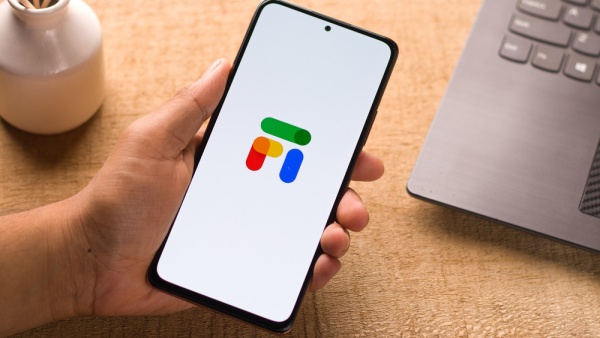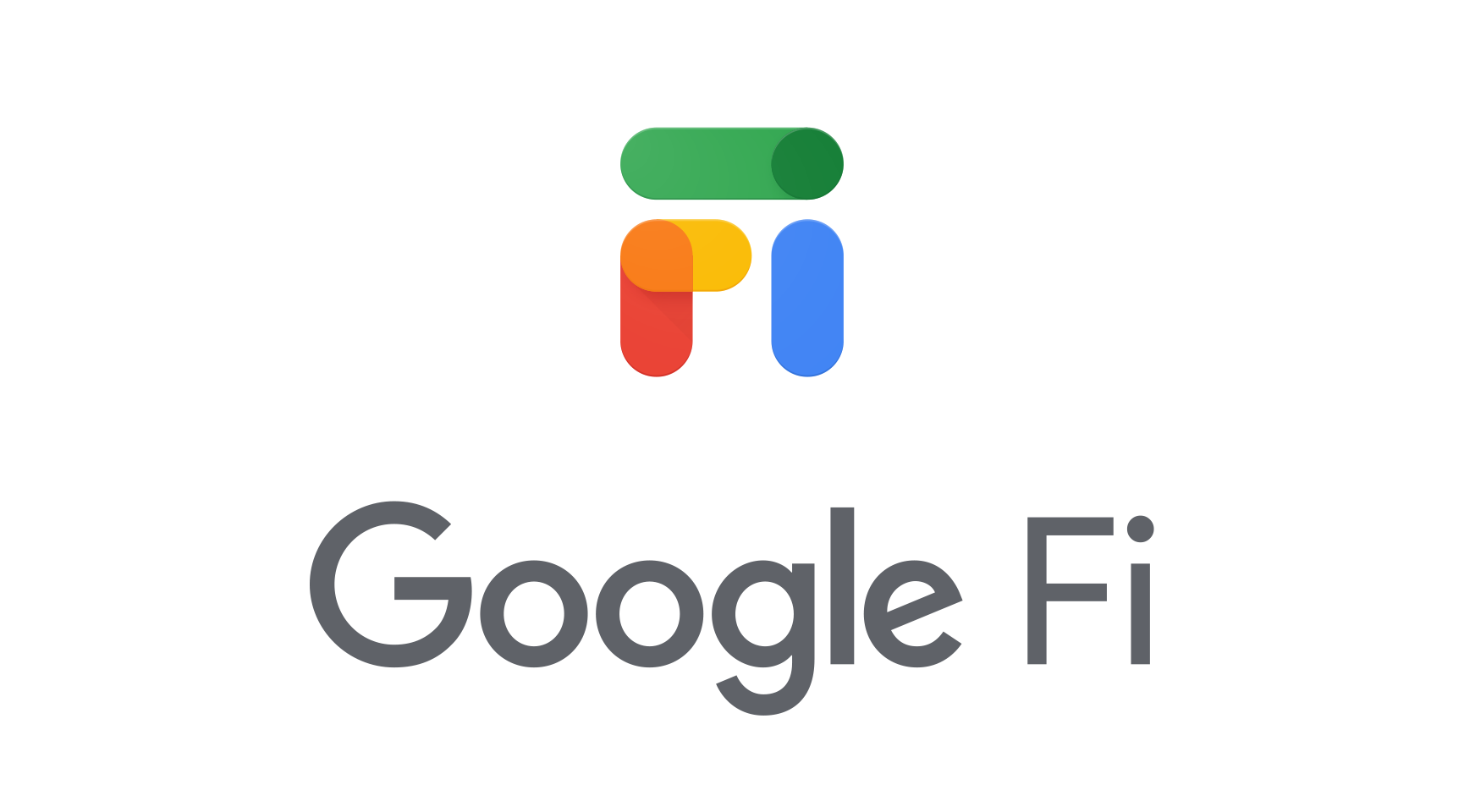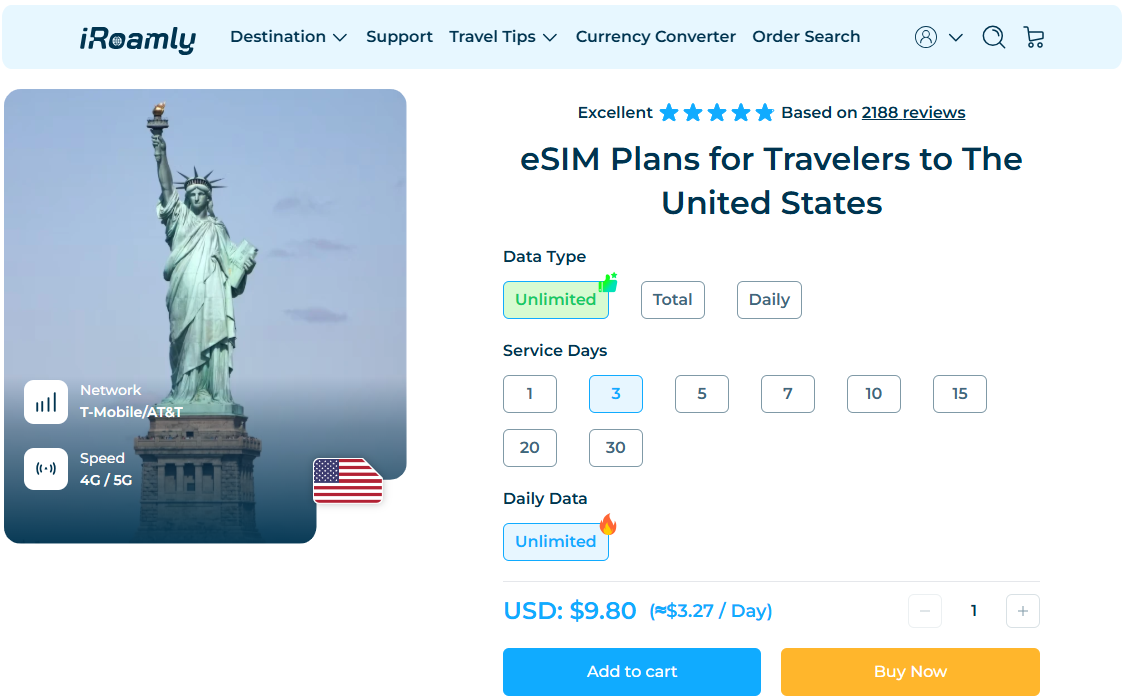Want a flexible, hassle-free eSIM-compatible mobile plan?
Google Fi has been in the news for its eSIM service. With its simple activation, good network-switching, and transparent pricing is the service worth it? How does it perform in practice though?
In this Google Fi review, I’ll cover everything you need to know about Google Fi eSIM as well as the overall user experience, coverage, data speeds, and more to see if it may be the best plan for your phone.

What Is Google Fi eSIM?
Formerly known as Project Fi, Google Fi is a mobile virtual network operator (MVNO) that uses the T-Mobile network to provide phone, text, and data services.
It is popular due to its various flexible plans, service in more than 200 countries, and easy-to-understand pricing scheme, making it a great option for digital nomads and frequent travelers.
Google Fi’s eSIM (embedded SIM) means that phones can activate their mobile plan online rather than requiring a physical SIM card. That means you can order and test Fi out without waiting for a SIM.
It also has dual SIM capability, meaning you can bring Fi on your current line without ditching your other carrier. Google Fi offers eSIM, allowing for more flexible, convenient, and travel-friendly joins and switches.

Google Fi eSIM: Pros and Cons
Before we get into that though, here’s a simple rundown of the biggest pros and cons of eSIM users of Google Fi have mentioned, and how the service actually fares in practice.
Pros
1. Instant activation and easy setup
Setting up Fi’s eSIM is fast and easy—just download the Fi app, sign in, and move your line—no shipping, no need to deal with physical SIM cards. Lines can be transferred in just a couple of minutes.
2. Good integration with Google services
As a Google product, Fi works seamlessly in Google’s larger ecosystem — features like spam call blocking, VPN, and tight integration with Google accounts. Some users like this extra layer of security and control.
3. Transparent and flexible plans
Google Fi is cherished for its clear rates and wide array of plan choices like “Flexible,” “Unlimited Plus,” and “Simply Unlimited.” You can use the eSIM on any of these available plans and switch easily via the app.
4. Dual SIM functionality
Through the use of eSIM, customers can have their regular carrier plus use Google Fi on the same phone.
This dual SIM feature is particularly helpful for people wishing to try out Google Fi before making the full switch, or in situations where they want a separate work and personal line.
Cons
1. Domestic network performance varies
Google Fi uses T-Mobile’s network in the U.S., which performs well in urban areas but can be inconsistent in rural regions. While some users report excellent speeds and reliability, others experience signal drops or slower data in less populated areas.
2. Support can be hit‑or‑miss
Users’ experiences with customer service are also mixed. Some report better service; others have faced long wait times, unhelpful representatives, and unresolved problems.
3. International use restrictions
Extended stays abroad (over ~90 days in a row) can trigger roaming suspension—so it’s not ideal for long-term international residents.
4. Requires initial US usage before roaming
Fi requires activation within the United States, and VPNs must not be used during the activation process.
The service must be used domestically for 60–90 days before it can be used internationally. Travelers who switch too early may experience service interruptions.
Google Fi eSIM Coverage and Data Packages
Google Fi has built its reputation on offering flexible, transparent plans combined with extensive coverage that appeals both to domestic users and international travelers.
Understanding the types of data packages available and how they perform is essential for deciding if Google Fi’s eSIM fits your needs.
Types of Google Fi eSIM Data Packages
Google Fi primarily offers two main types of plans for eSIM users: Flexible and Unlimited plans.
Flexible Plan: This pay-as-you-go style plan charges a base rate for talk and text, with data billed per gigabyte used. It’s ideal for light or irregular data users who want to pay only for what they consume. Data costs are capped by “Bill Protection,” which stops charging additional data fees after you reach a certain usage threshold.
Unlimited Plans: For heavier data users or families, Google Fi offers Unlimited plans (Simply Unlimited and Unlimited Plus). These provide unlimited data for a fixed monthly price, with varying additional perks like hotspot data limits, international calling, and network priority.
Evaluation of Google Fi eSIM Data Packages
The Flexible plan is perfect for those who want to avoid overpaying on a monthly basis, especially if their data needs fluctuate. Its pay-per-use nature with a bill cap offers good financial control without surprises.
The Unlimited plans provide peace of mind for users with consistent or heavy data demands. They simplify billing with a fixed monthly cost and come with useful extras, though the price point is higher than some regional or budget eSIM providers.
Compared to some competitors, Google Fi’s international coverage is a strong suit—its eSIM works seamlessly in over 200 countries without needing extra roaming plans or SIM swaps, unlike many other carriers.
However, Google Fi’s Unlimited plans are priced above basic regional eSIM offerings that cater mostly to short-term travelers or budget users.
Many eSIM brands, such as iRoamly, offer unlimited plans within the United States that are not only cheaper but also come with a variety of options.

Google Fi eSIM Data Packages Details
The following are Google Fi phone plans that support eSIM cards, compiled based on official website information.
All plans support eSIM activation and offer unlimited calls and texts within the US, 24/7 support, automatic network switching, Google VPN, and spam protection.
Plan | Monthly Price (1‑line) | High‑Speed Data (US) | Hotspot Tethering | Intl. Data & Text | Key Inclusions |
|---|---|---|---|---|---|
Unlimited Essentials | $35 | 30 GB; then 256 kbps | Included (video optimized 480p) | / | |
Unlimited Standard | $50 | 50 GB; then 256 kbps | 25 GB high‑speed | Data, calls, and texts in Canada and Mexico; free calls from the U.S. to Canada and Mexico. | Smartwatch support; hotspot capped 25 GB |
Unlimited Premium | $65 | 100 GB; then 256 kbps | 50 GB high‑speed | Data, calls, and texts in Canada and Mexico; calls from the US to 50+ countries; 50 GB high-speed data in 200+ destinations, then 256 kbps; free international texts. | YouTube Premium 6 mo, 100 GB Google One, tablet & laptop data‑only eSIM, smartwatch |
Flexible | $20 (+$10/GB data used) | Up to 15 GB; then 256 kbps | Included | Canada & Mexico calls; Intl. data in 200+ countries; free intl. texts. | Smartwatch support; data-only eSIM for tablets |
Google Fi eSIM Pricing Overview
1. Flexible pricing offers excellent control for varying usage
With Google Fi’s unique pay-as-you-go structure, you only pay for the data you use but still get the bill protection.
Each plan is essentially tailored to your user-specific needs, and multi-user plans provide more value than single-user plans.
2. Unlimited plans cost more but include valuable extras
While the Unlimited plans cost more than the budget regional eSIM providers, they do offer additional perks like hotspot data, international calling, and network priority.
These plans are best for digital nomads who value a more turnkey phone solution rather than basic connectivity.
3. Superior international coverage and roaming support
While some other eSIM providers offer affordable regional or data-only plans with limited roaming, Google Fi’s coverage in over 200 countries without additional roaming fees is a significant advantage, particularly for frequent travelers and remote workers.
4. Limited low-tier or micro plans
Other than that, since Google Fi doesn’t offer lower plans with small amounts of monthly data (1-3GB) as many of its competitors do for a weekend getaway, it’s not as appealing to ultra-light or infrequent users who desire little commitment.
Google Fi eSIM Features Overview
When considering Google Fi’s eSIM, it’s important to look beyond coverage and data plans to the additional features that shape the overall user experience.
From how you activate your service to the tools that help you manage data and get support, these aspects play a crucial role in making Google Fi a flexible and convenient choice.
Below is a detailed look at these features to give you a clearer picture of what to expect.
Feature | Details |
|---|---|
Application | Google Fi’s eSIM is managed through the Google Fi app on Android and iOS, enabling activation, plan management, and support. |
Data Management Tools | The app offers real-time data tracking and Bill Protection, which caps data charges to prevent surprises. |
Customer Support Channels | Support is available 24/7 via the app, online chat, and phone for help with activation and troubleshooting. |
Activation Time/Method | Activation is quick—usually just minutes—by downloading the eSIM profile directly through the app. |
Setting and Activation Guide | Google provides step-by-step eSIM setup instructions via their official guidebooks platform. |
Hotspot | All plans support hotspot usage, letting you share mobile data with other devices, with limits depending on the plan. |
Carrier | Google Fi operates as an MVNO, mainly using T-Mobile’s network, plus U.S. Cellular and international partners. |
Supported Countries/Regions | Coverage extends to over 200 countries and territories, supporting seamless international roaming without extra SIMs. |
Provided Cellular Networks | In the U.S., Fi uses T-Mobile primarily, with added support from U.S. Cellular; internationally, it partners with various carriers for broad coverage. |
Calls | Supports voice calls over cellular and Wi-Fi, with competitive international call rates; call management is handled in the app. |
Device Support | Compatible with unlocked, eSIM-capable devices like Google Pixel, Samsung Galaxy, and iPhones. |
Operating System Compatibility | Works with Android 12+ and iOS 17.3+; keeping your device OS updated ensures smooth eSIM functionality. |
FAQ
1. How do I convert my Google Fi physical SIM card to an eSIM?
You can do this on the Google Fi app or the online account by choosing the eSIM activation method If you would like to switch. Then just follow the simple steps about downloading your eSIM profile and deactivating the physical SIM.
2. Does Google Fi eSIM cost anything to activate?
No, there is no activation charge if you use an eSIM on Google Fi. You can switch between the physical SIM and the eSIM as much as you like, for free.
3. Can I get more than one Google Fi line on an eSIM-capable phone?
Currently, Google Fi only allows one active line using eSIM per device. If you want multiple lines, you need multiple devices or physical SIMs.
Conclusion
In conclusion, Google Fi’s eSIM is user-friendly, offers smooth network transitions, and provides a variety of plans. Those who travel frequently, need international coverage, and like simple pricing structures will find this especiallyto be beneficial.
Though data-hog user will want to consider plan limits, Google Fi is an excellent option for travelers looking for ease and flexibility across international borders.
Consider your usage patterns to see if Google Fi’s eSIM matches your connectivity needs.
